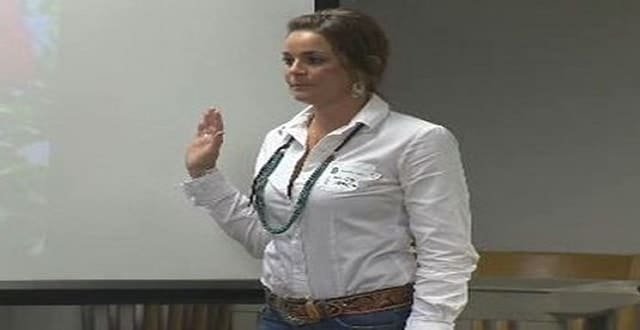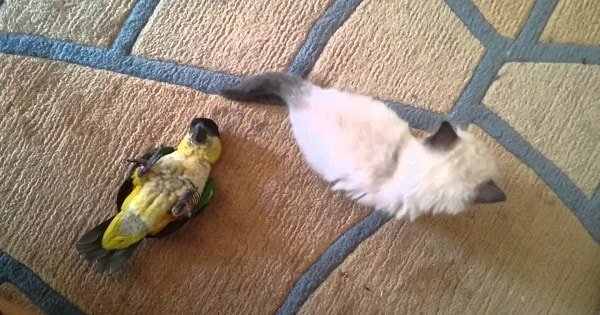Two cats are closely bonded best friends now, a whole year and a half after kidney transplant surgery brought them together.
The pair were in two very different circumstances before chance and a chain of events brought the two together. Arthur, a young flame-point Siamese who was beloved and doted upon by his pet-parents, was in serious danger of an early death from kidney disease.
Joey, a former stray who had become part of the University of Georgia Veterinary School and Hospital’s research program after being at risk for euthanization at a shelter.
Arthur was near to death before the surgery and was deemed an unfit candidate for a kidney transplant because his body was not able to absorb an immune suppressant well and would likely reject the new kidney.
His desperate owners, Tony Lacaria and Frederick Petrick Jr., were refused by both the University of Pennsylvania and University of Wisconsin veterinary hospitals but took a chance that the University of Georgia hospital would help their beloved fur-baby.
“At that point Arthur was very ill. He was dying,” Lacaria told the Athens Banner-Herald. “We got in the car and drove for 10 hours to get to (UGA). We didn’t even know if we would be accepted into UGA’s kidney transplant program. He only had a few weeks to live. We were very upset.”
Dr. Chad Schmiedt, who heads UGA’s feline kidney transplant program, met with Lacaria and Petrick suggesting using feline adult stem cells to help with immunosuppressive protocol for the needed transplant.
The pet-parents agreed and the stem cells were grown in the University’s Regenerative Medicine Service laboratory from a chunk of fat harvested from Arthur a week prior to the May 15, 2014 transplant surgery.
Arthur recovered miraculously from his surgery in hours, rather than the weeks typical for most of these types of kidney transplants. The beneficial effect of the stem cells is to thank for his speedy recovery.
As is the practice with the University of Pennsylvania’s transplant program, UGA’s program does require that the recipient cat’s family adopt the organ donor kitty and then give him or her a good home.
A year and half on from the transplant surgery, both Arthur and Jory are both doing well and have become the best of friends as the result of the ordeal.
Even though there are other cats in the their forever home, Arthur and Joey can often be found snuggled up together, as if they know just how important one has been to the other.
Arthur, who had lost half his body weight before the transplant, rebounded back to his former weight and size and made terrific progress. He continues to receive immunosupressant drugs and stem cell treatments which are now part of his long-term care.
Pet-parents not only need to be able to pay for the transplant surgeries for both cats, but it’s mandatory they demonstrate that they are able to provide continuing follow-up care.
Chad Schmiedt, associate professor of soft tissue surgery at the University of Georgia, said:
“After surgery, the donor cats must be adopted into the homes of the recipient and the new owners must agree to provide care for the cat for the rest of its life.
“We find, almost without fail, that donor cats easily integrate into their new homes and are quickly loved by their new family.”
- Arthur
- Arthur and Joey at home
- Arthur and Joey at home
- Arthur, center, underwent kidney transplantation surgery in May, 2014 at the University of Georgia Veterinary Teaching Hospital. Pictured from left are Tony Lacaria, Arthur’s co-owner; Jennifer Washburn, a fourth-year student from St. Matthew’s University School of Veterinary Medicine who is doing her clinical rotations at the teaching hospital; Frederick Petrick Jr., Arthur’s co-owner; and Dr. Chad Schmiedt, Arthur’s surgeon. (Credit: Sue Myers Smith/UGA)
Source: www.lifewithcats.tv













